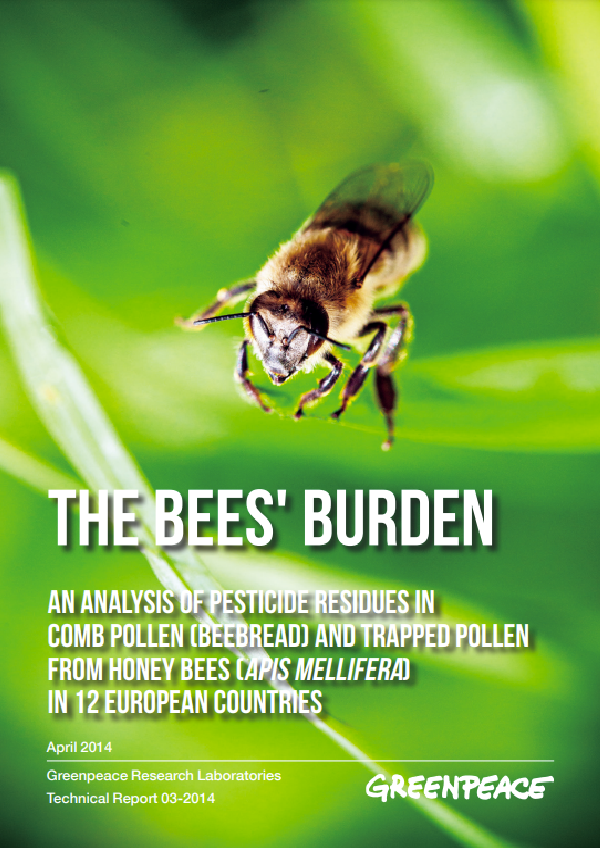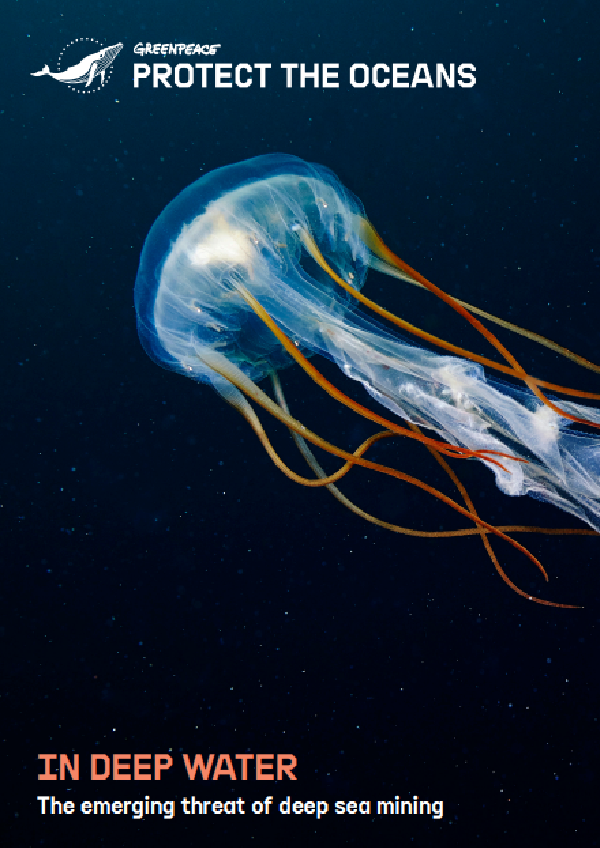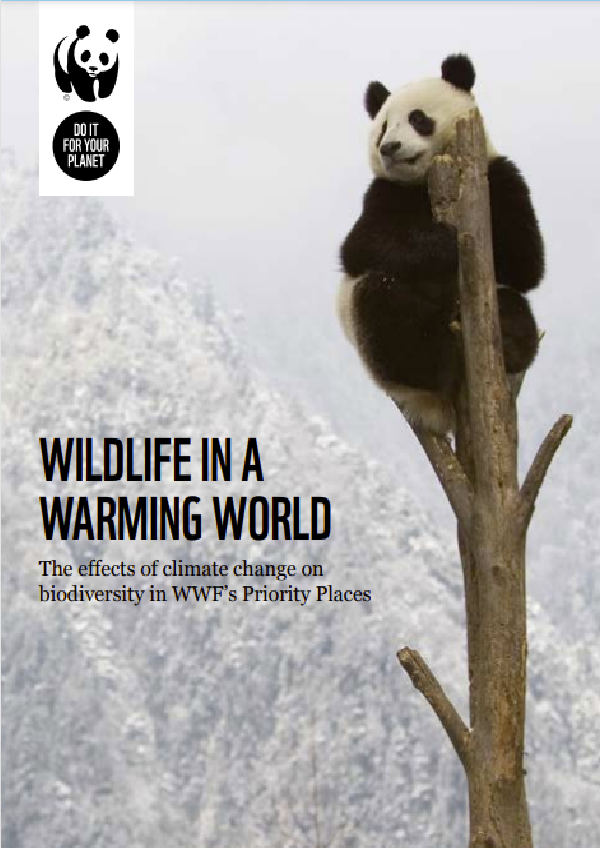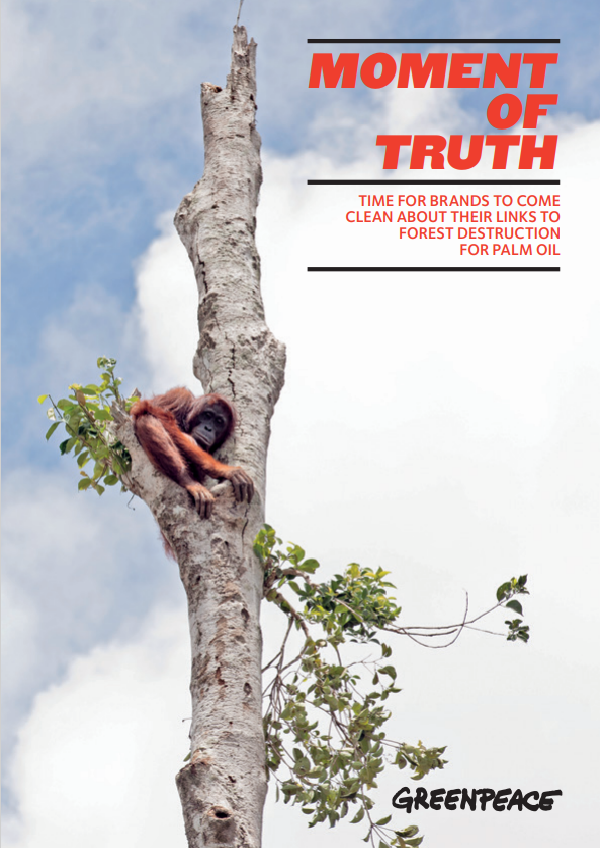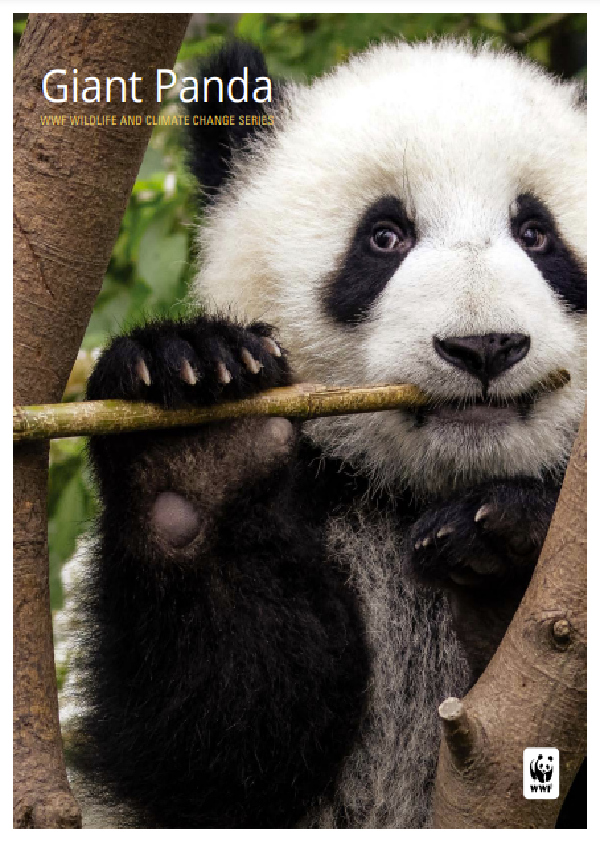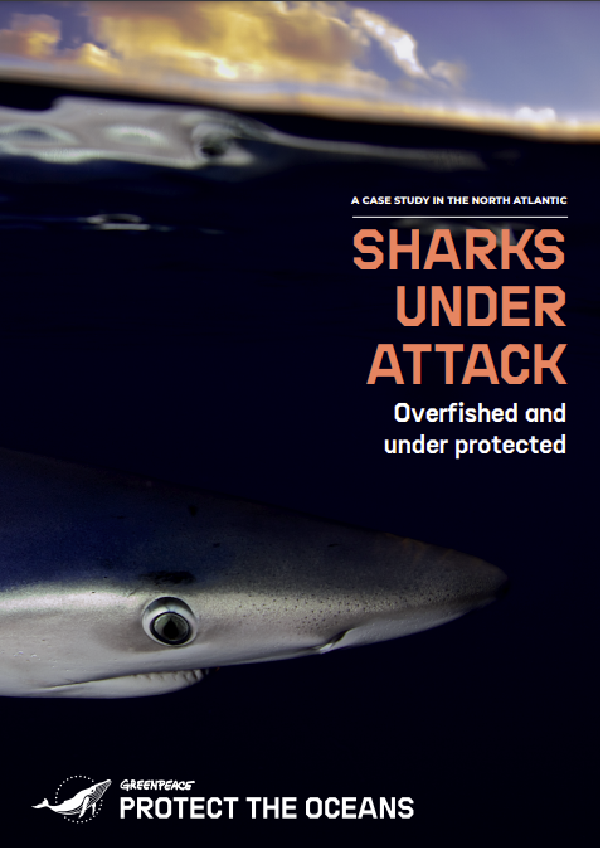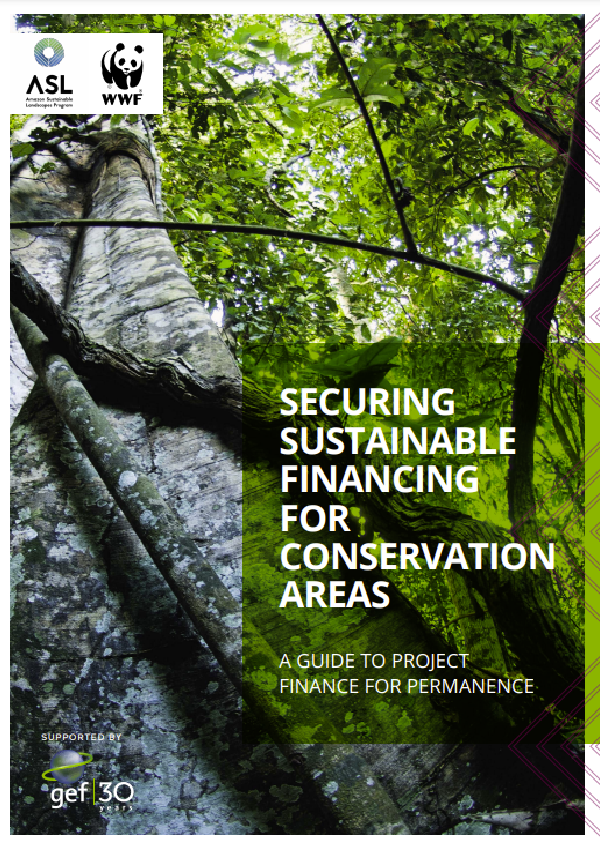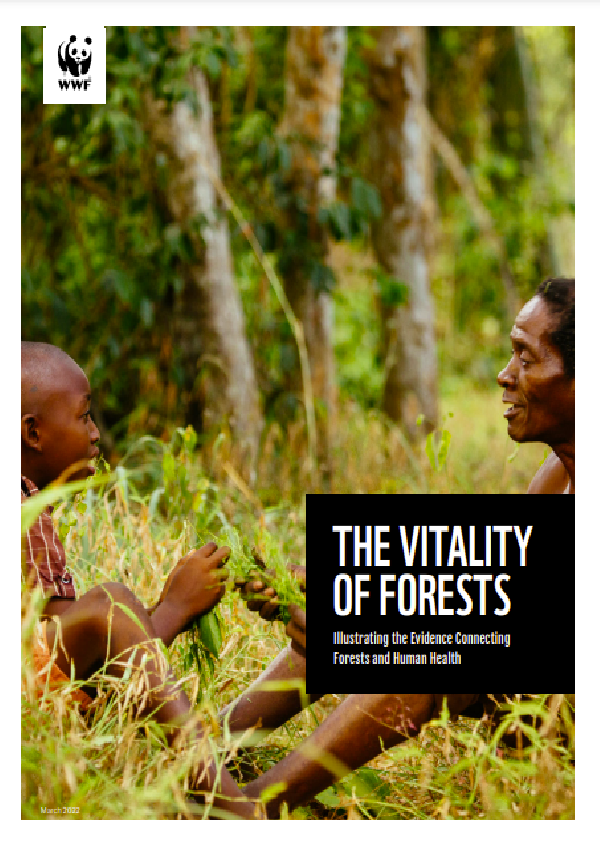This study reports concentrations of pesticides found in pollen brought back to hives by foraging bees and sampled using pollen traps (trapped pollen) or direct from the comb (comb pollen, beebread). Twenty-five samples of comb pollen stored over winter from the 2012 foraging season were obtained from locations in seven European countries, and subsequently, 107 samples of trapped pollen from the 2013 foraging season were obtained from locations in 12 European countries and analyzed at an accredited laboratory. In terms of the geographical areas covered, and the numbers of samples taken simultaneously, this is one of the most extensive studies of pesticides in bee-collected pollen carried out to date.
Residues of at least one of 53 pesticides (including 22 insecticides/acaricides, 29 fungicides, and two herbicides) were identified in 72 of the 107 trapped pollen samples, while residues of at least one of 17 pesticides (including nine insecticides/acaricides and eight fungicides) were identified in 17 of the 25 samples of comb pollen (beebread).
The results indicate the widespread use of the insecticides chlorpyrifos (in 18 samples) and thiacloprid (14 samples), as well as the fungicide boscalid (14 samples), which were the most commonly detected residues in trapped pollen samples. The results also indicate that a wide variety of plant protection products, particularly fungicides, were present in the trapped pollen, with a maximum of 17 different residues (three insecticides/acaricides and 14 fungicides) detected in a sample from Italy. Overall, the results reported here are broadly consistent with other studies of trapped pollen and bee products, in which a wide variety of pesticides were also commonly detected. This study sheds further light on the potentially serious toxic exposures suffered by honey bees at an individual and colony level throughout their lifecycle, and raises significant questions about likely exposures of wild bee populations and other wild pollinators to chemicals through various pathways. These exposures have either been ignored or have been underestimated in past and current discussions of bee health and pollinator protection measures.
The exposure of bees and bee larvae to mixtures of pesticides is of significance because recent research has established that some components of the mixture are capable of interacting in a synergistic manner, such that the mixture proves more toxic than its individual components. Mixtures identified as being of potential concern in this regard include those containing in-hive acaricidal treatments, together with fungicides that work through sterol biosynthesis inhibition (SBI). This class of fungicides is well represented in the samples reported here, raising the possibility that the mixtures reported might be toxicologically active to bees exposed to them.
Progress towards eliminating pesticide exposure of bees through foraging has been limited to date. Partial bans have been emplaced on the use of the systemic insecticides imidacloprid, thiamethoxam, clothianidin and fipronil in seed dressings, and in the ground and leaf treatment of certain specified crops. In order to confer greater protection to wild and cultured pollinators, this ban should be made permanent, and expanded in scope to include other uses and other pesticides. There is a need to ensure, through research and through the application of holistic assessment, that pesticides with beeharming properties are not permitted for use. In addition, it is important that existing products are not simply replaced by other pesticides that might not have been fully evaluated. Thiacloprid, for example, was found quite frequently in trapped pollen in the current study, indicating widespread use in Europe during 2013, and its possible use to replace the restricted neonicotinoids. In addition, other insecticides known to be very harmful to bees should also be brought under strictest possible control. This should include chlorpyrifos (found frequently in this study), together with the synthetic pyrethoids cypermethrin and deltamethrin.
The results of this study, considered together with other work reported in the scientific literature, indicate that current regulation of pesticides, based upon a limited number of environmental properties and toxicity values reported for individual active substances, may not be adequately protective of pollinator populations. Surveillance monitoring of pesticides to which pollinators are exposed needs to address the widest possible spectrum of substances (and their metabolites) that can be resolved using state-of-the-art analytical methods at the best achievable detection limits. In addition, the exposure of pollinators to pesticides as mixtures needs to be taken fully into account, particularly the possibility of synergistic interactions, which are difficult to predict quantitatively using many of the currently available models of joint toxicity. Accordingly, strategies should also be developed that aim at, and result in, a substantial reduction in use of pesticides of all types as a precautionary goal in itself. To afford a high level of protection to pollinator populations, coordinated Bee Action Plans need to be established. In addition to more effective regulation and control of agricultural chemicals, such plans should include the monitoring of the health of bees and other pollinators. They should also work to improve the conservation of natural and semi-natural habitats around agricultural landscapes, as well as enhance biodiversity within agricultural fields.
Finally, funding should be radically increased for research and development of ecological farming practices, which move away from reliance on chemical pest control towards biodiversity-based tools to manage pests and enhance ecosystem health. EU policy makers should direct more funding for ecological agriculture solutions research under the auspices of the CAP (direct payments) and Horizon 2020 (EU research) programmes.
Overall, therefore, this study points to the need to progressively reduce and eliminate the exposure of bees to the cocktail of toxic agrochemicals to which they may be exposed throughout their lifecycle, and to move towards ecological farming methods.
Source: Greenpeace (http://www.greenpeace.org)
